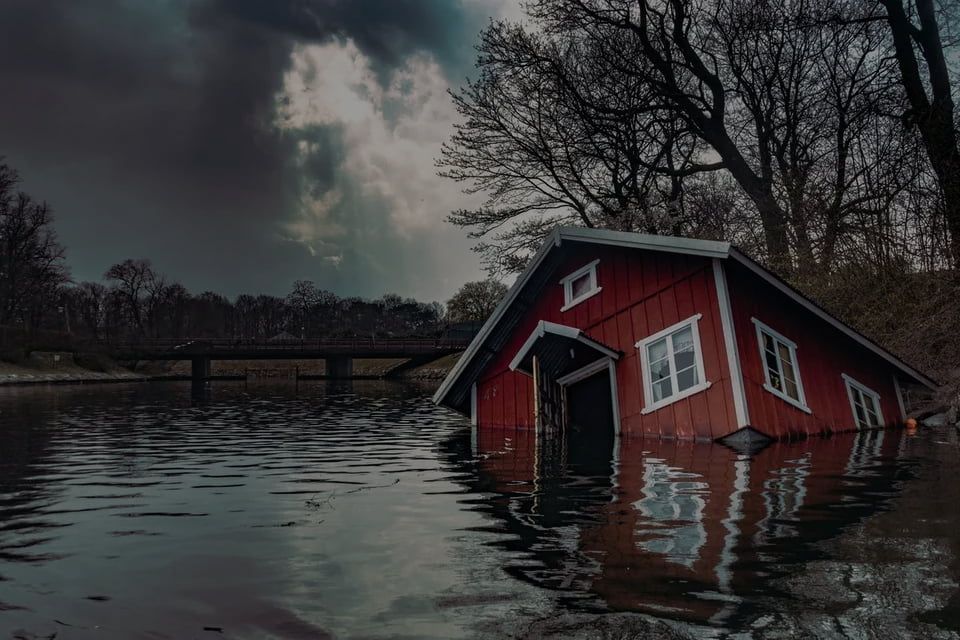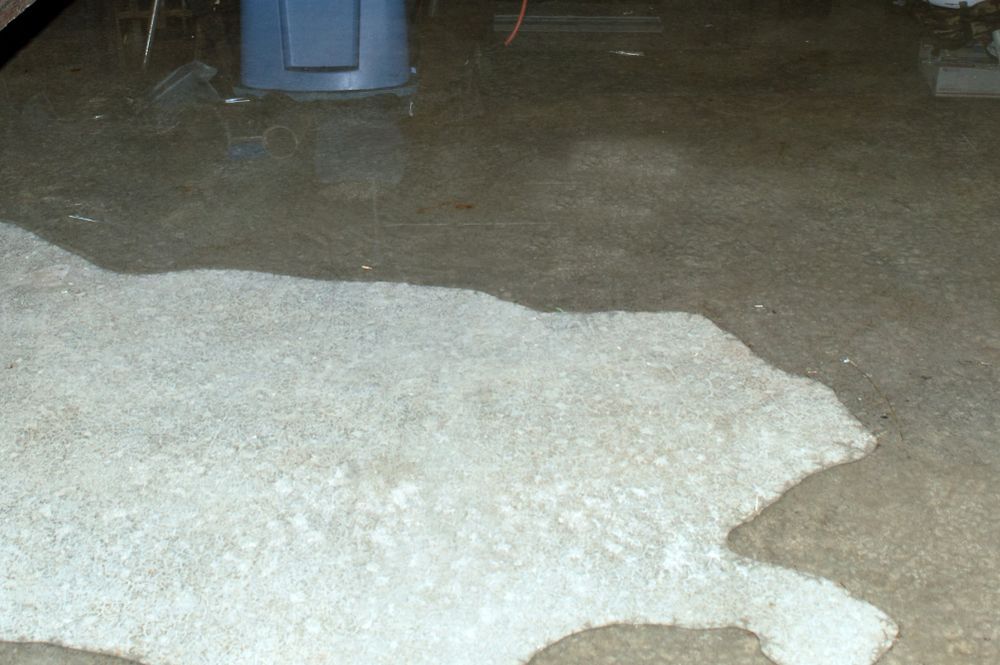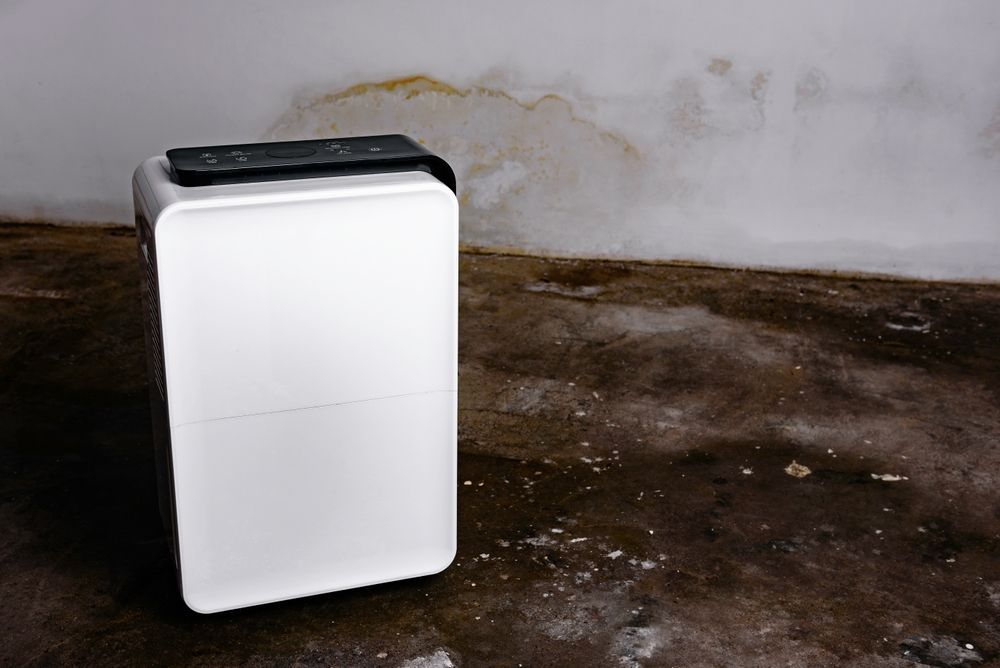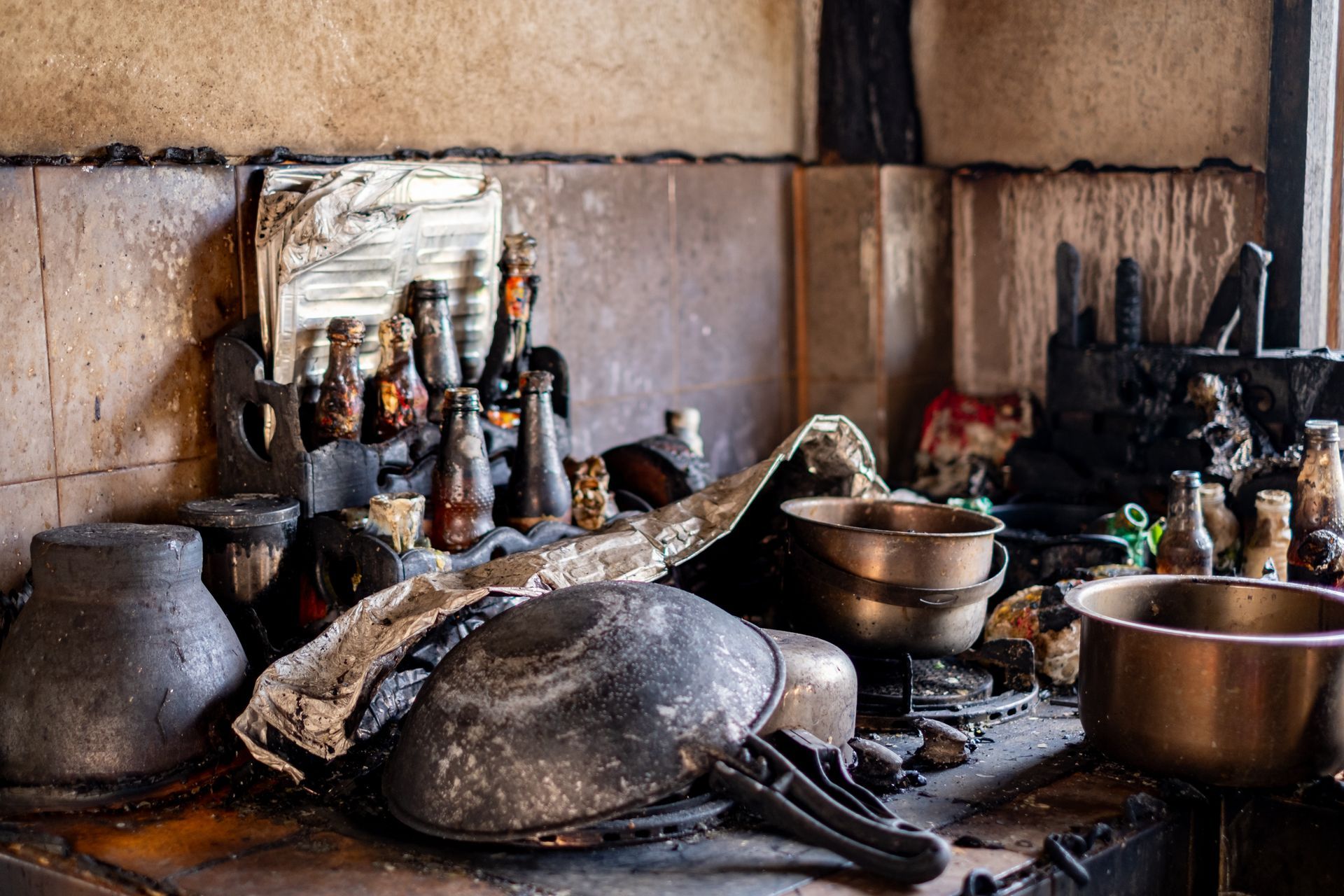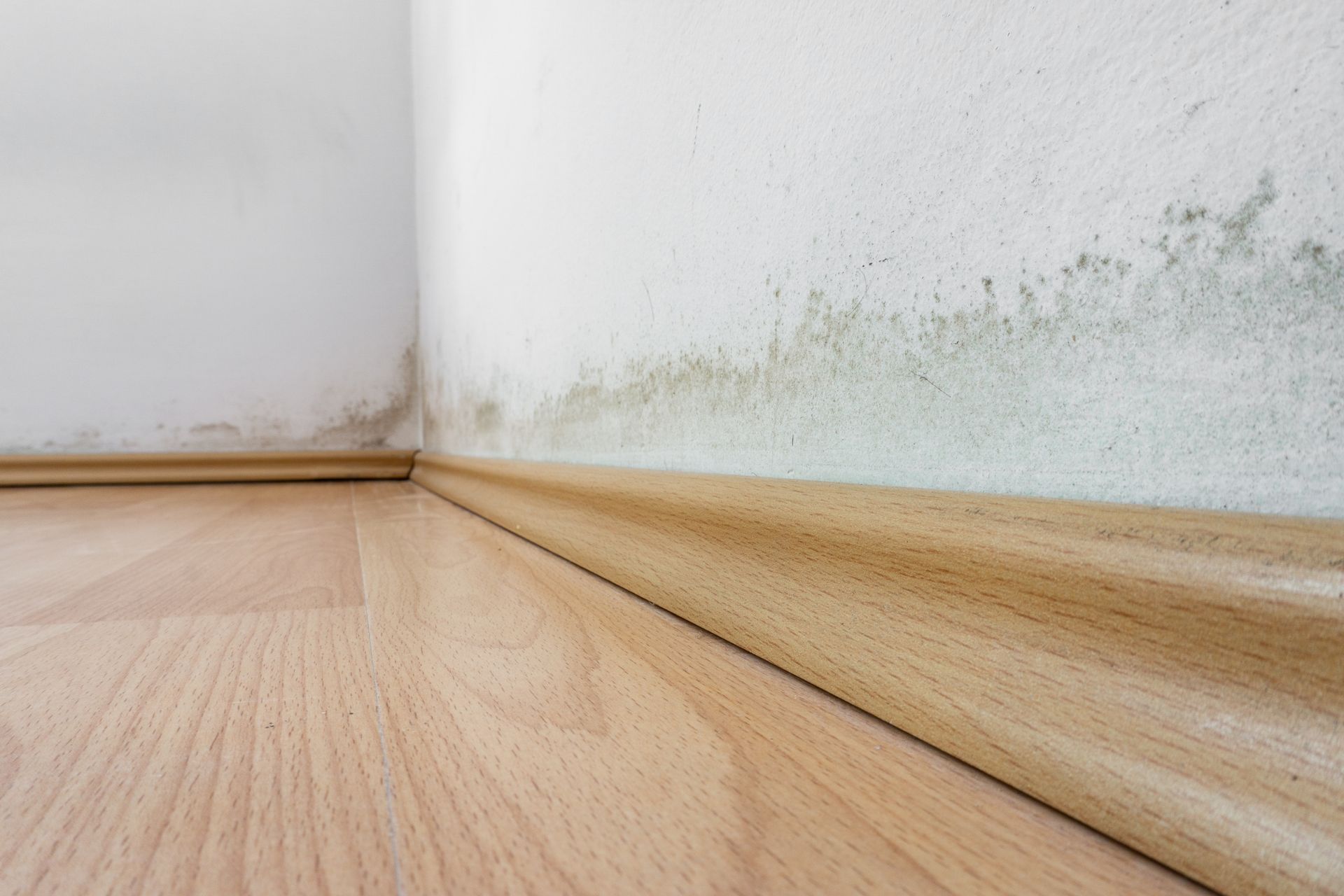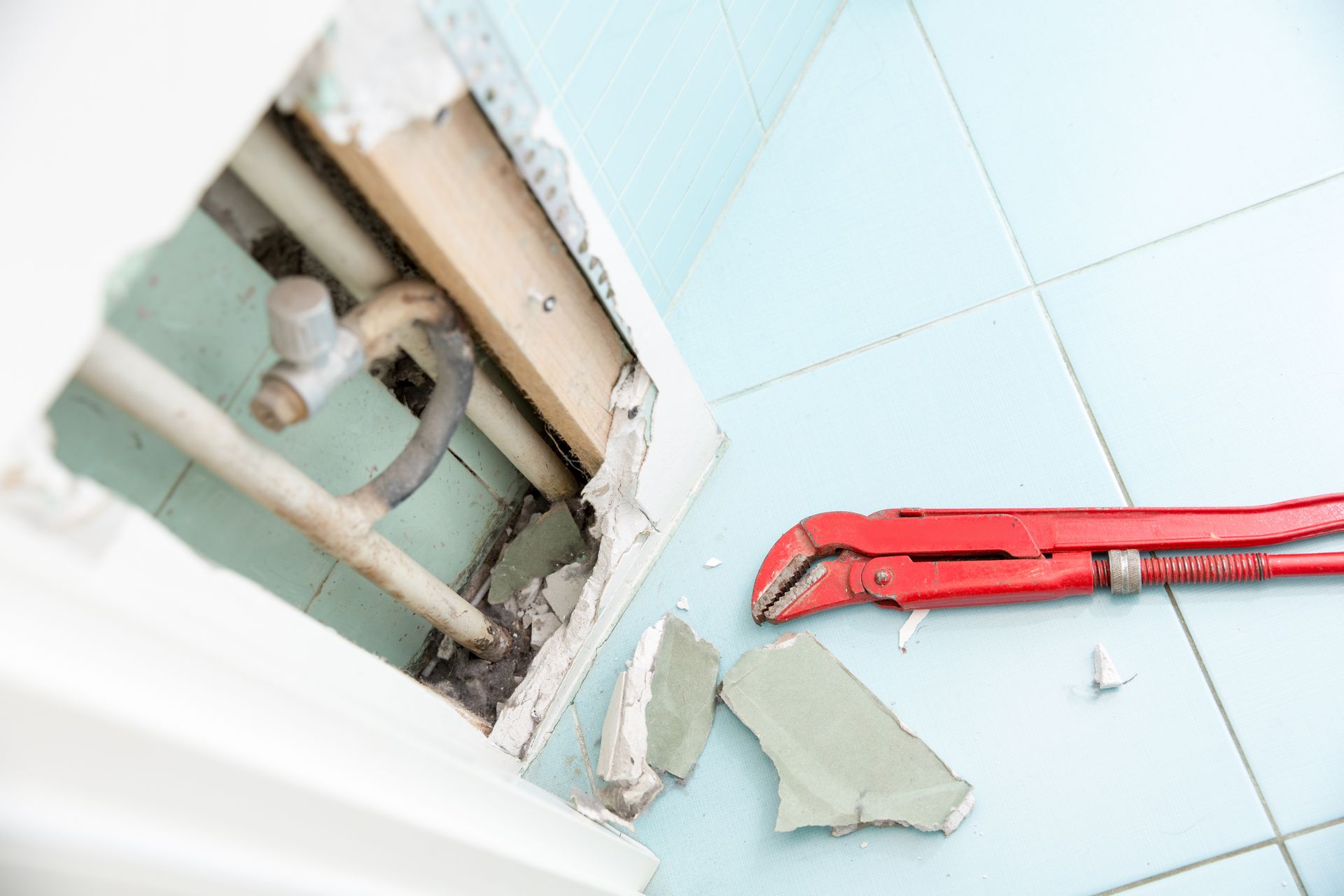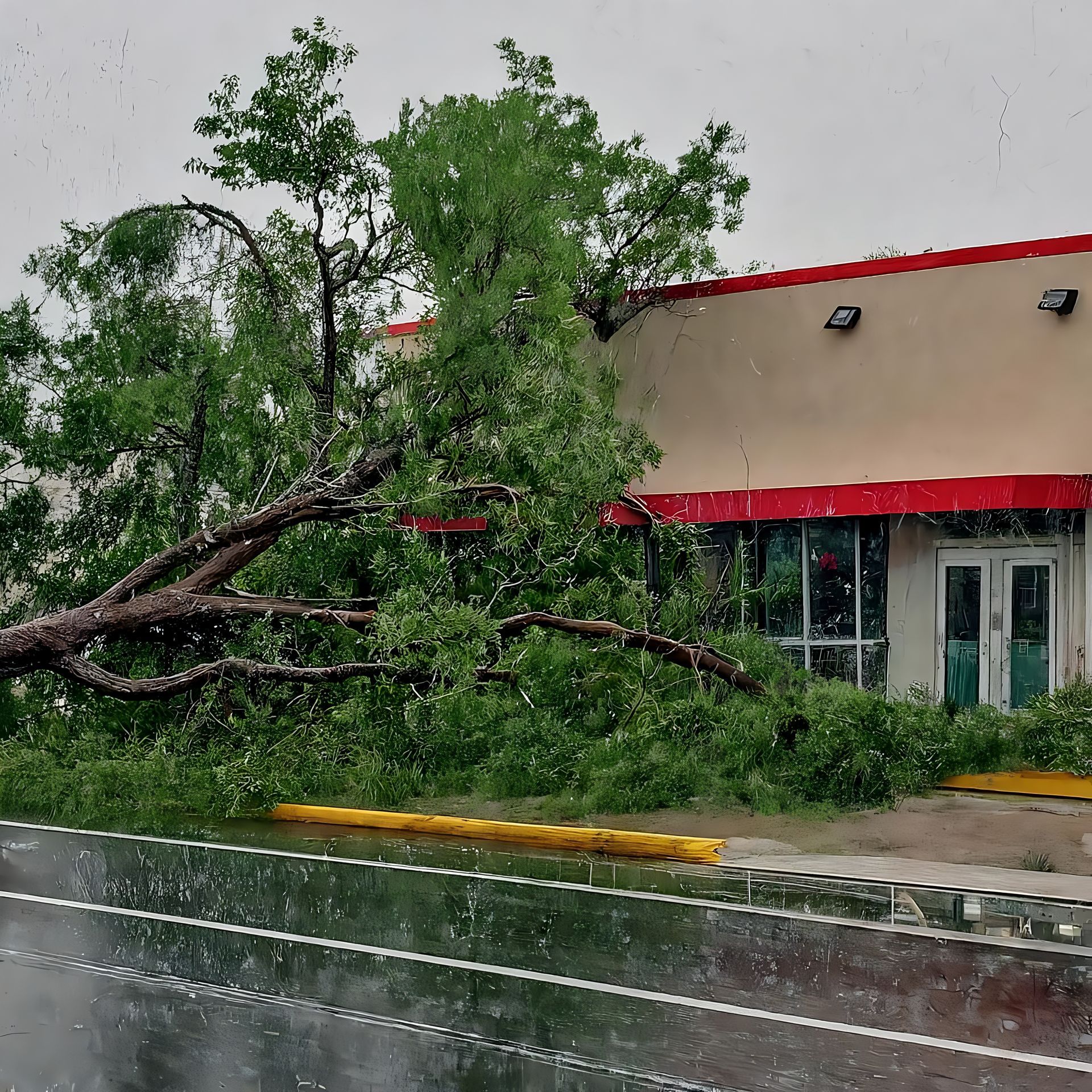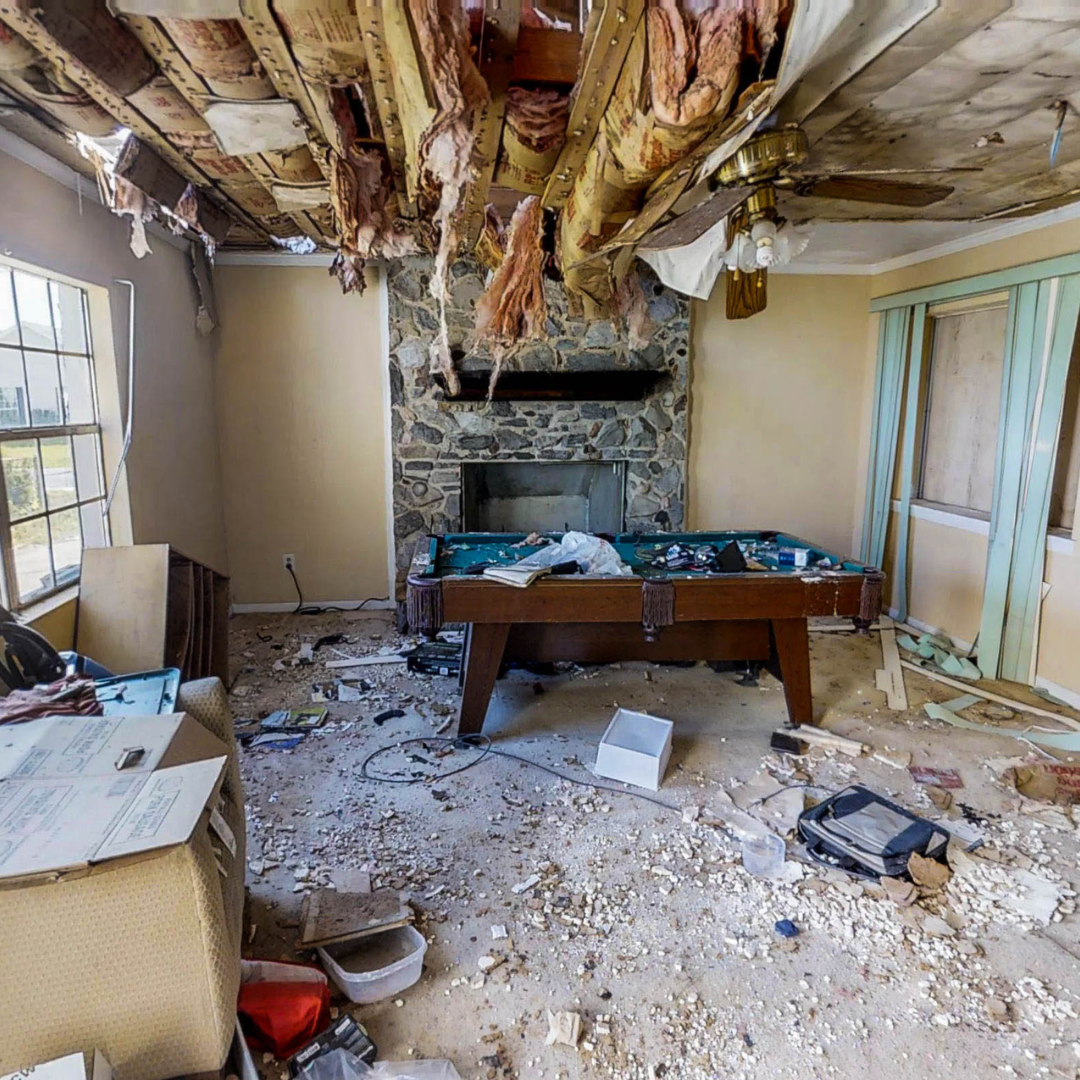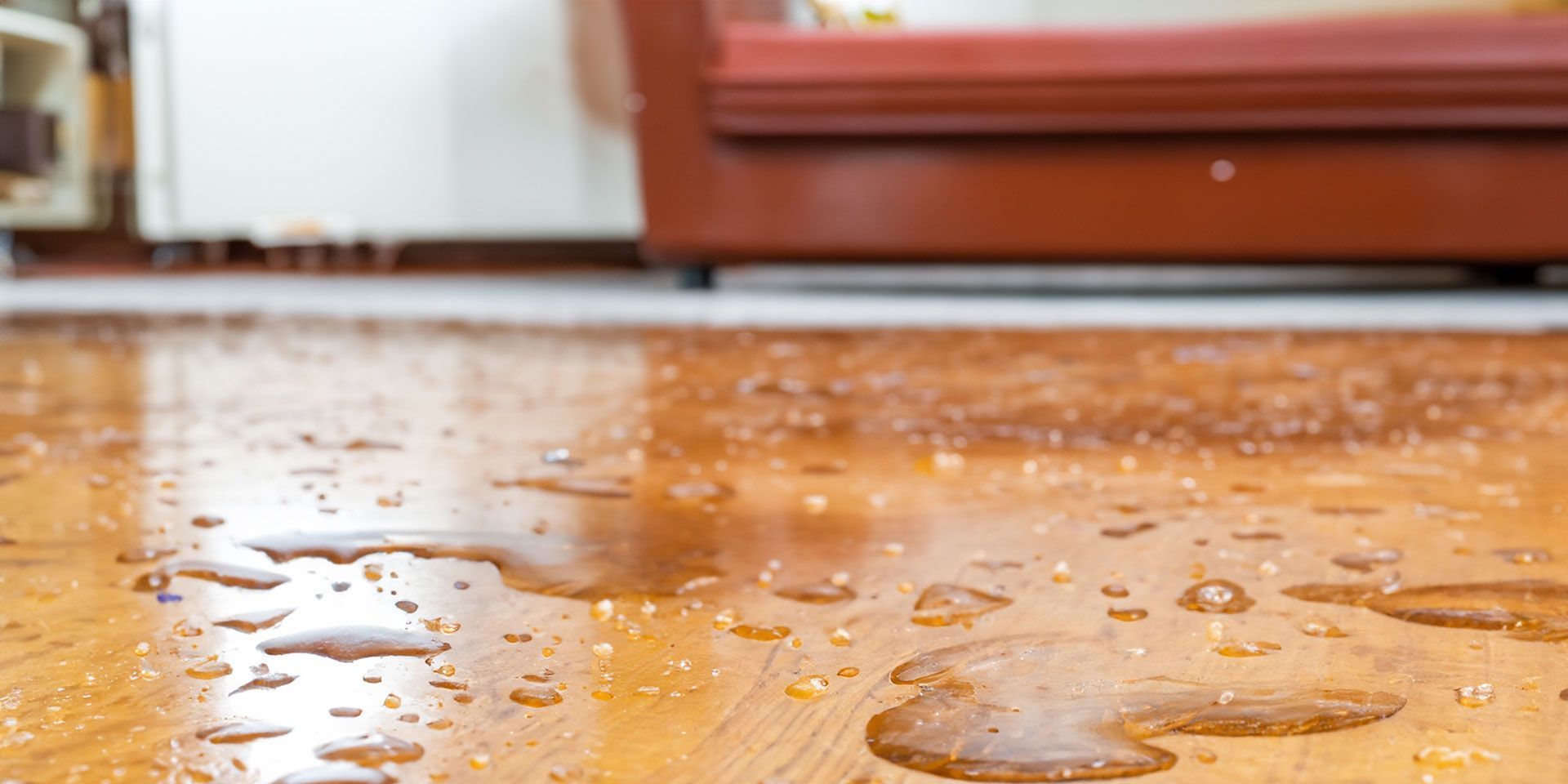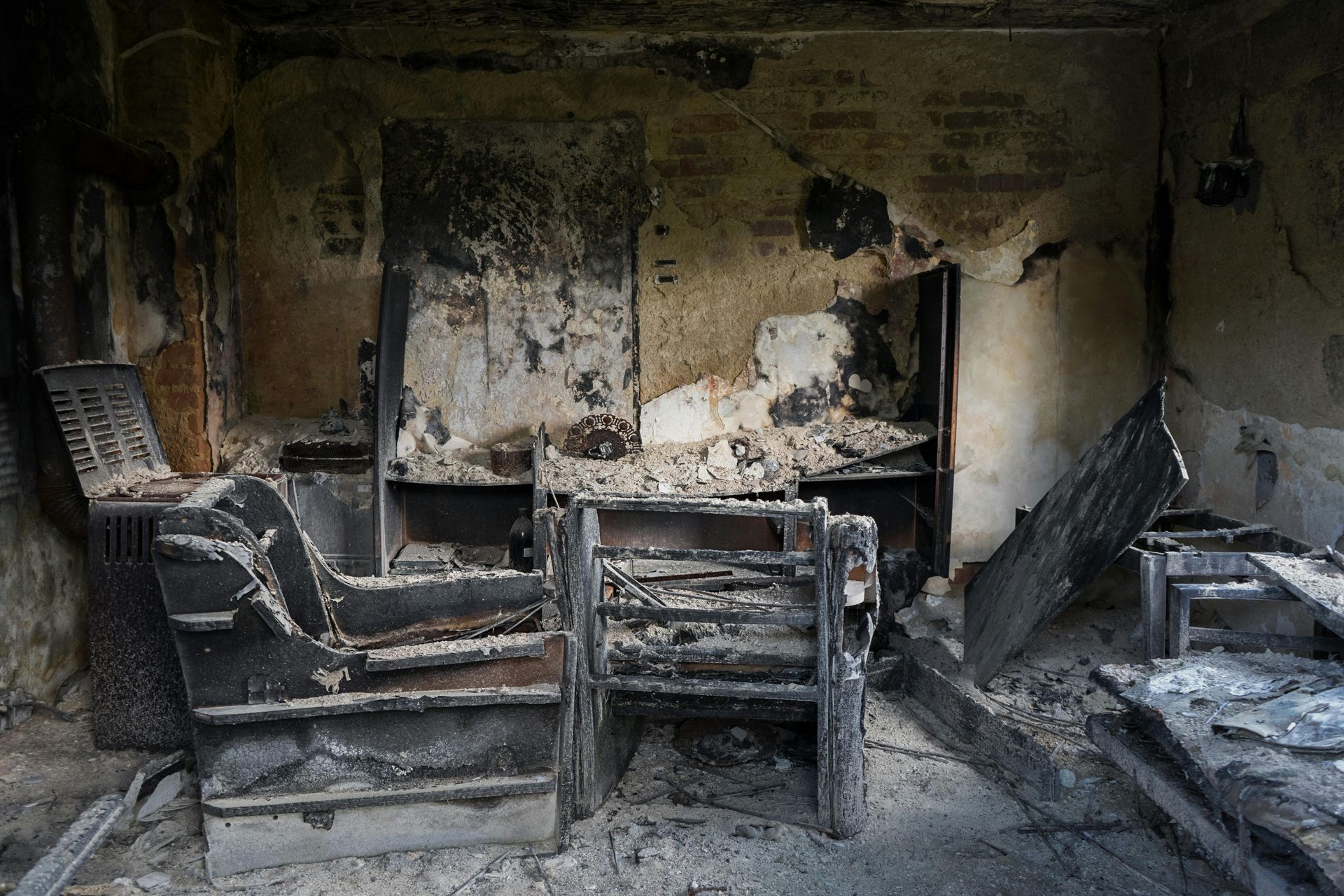July 8, 2025
If you’ve ever walked into your basement, crawl space, or laundry room and caught a whiff of something stale or earthy, you’re not alone. That musty smell is one of the most common complaints we hear from homeowners in Evansville, and it usually means one thing: moisture. And where there’s moisture, mold is never far behind. Smells can be deceiving. Sometimes it’s just an old rug that needs to go. But if the odor lingers or spreads, it could be a sign of a much deeper issue in your home. You might not see the mold, and you might not feel like anything’s wrong, but mold often works behind the scenes. It hides behind drywall, under flooring, and in the darkest corners of your home. Understanding what that musty smell means and when to call in a professional is the first step to protecting your property and your peace of mind. Let’s take a closer look at what that smell might mean and why it’s worth taking seriously. What Causes That Musty Smell in the First Place? A musty odor is typically caused by mold or mildew, which are both fungi that thrive in damp, dark, and poorly ventilated areas. These organisms release compounds into the air as they grow, and those compounds are what produce that familiar musty scent. The smell is more than unpleasant. It’s a warning sign that something in your home isn’t drying out properly. In a city like Evansville, with humid summers and fluctuating temperatures throughout the year, it’s easy for condensation to build up in places like basements, attics, laundry rooms, and crawl spaces. These areas are usually out of sight and not part of your daily cleaning routine, which gives mold a chance to take hold. Even if you don’t see visible mold on the walls or ceilings, that doesn’t mean you’re in the clear. Mold can hide inside air ducts, behind wallpaper, under carpeting, and inside insulation. That’s why a persistent musty odor should never be ignored. Common Places Mold Grows in Evansville Homes Mold can show up anywhere there’s moisture and organic material to feed on. Here are a few areas where it tends to be most active in homes around Evansville. Crawl Spaces: Crawl spaces are prime real estate for mold. They’re often dark, damp, and poorly ventilated. If your crawl space has a dirt floor or isn’t properly sealed, moisture can rise up from the ground and settle on surfaces. Any plumbing issues or drainage problems can also cause water to pool beneath your home. Once that happens, mold can take hold quickly. Basements: Basements often have a musty odor because of high humidity and limited airflow. Whether it’s due to a crack in the foundation, a leak from an appliance, or just general humidity, basements create ideal conditions for mold. The smell might start off subtle, but over time it can spread throughout the home through vents or open doorways. Bathrooms: Even with good ventilation, bathrooms are hotspots for mold. Moisture from showers, baths, and sinks tends to linger, especially around tile grout, in cabinets, and along window frames. If the smell is strongest in your bathroom, mold may be growing somewhere you can’t see. HVAC Systems: Your heating and cooling system might be circulating musty air throughout your house without you realizing it. Mold can grow inside air ducts, especially if condensation builds up from changes in temperature. That means even if one small area of your home has mold, the smell and spores can reach every room. Laundry Rooms and Utility Closets: Water heaters, washing machines, and HVAC units can all contribute to moisture in enclosed spaces. If the smell is strongest near any of these appliances, it could be a sign of a leak or lingering humidity that’s allowing mold to grow in the walls or behind equipment. Why You Shouldn’t Ignore the Smell It might be tempting to just spray some air freshener and move on. But when it comes to your home, ignoring warning signs like a musty odor can lead to bigger problems down the line. Mold doesn’t go away on its own. In fact, it tends to grow and spread if the conditions are right. Aside from the structural risk to your home, mold can affect the air quality inside your living space. And while we won’t make any health claims, we do know that most people don’t want mold spores floating around their home. If you notice the smell getting stronger or spreading into other areas, that’s a clear signal that it’s time to have things professionally evaluated. What a Professional Mold Inspection Looks Like Calling in a restoration team for a mold inspection doesn’t mean you’re committing to anything drastic. It’s just a responsible step toward understanding what’s going on behind your walls or under your floors. A professional team will typically start by asking about the history of the smell, where it’s most noticeable, and whether you’ve had any recent leaks or water damage. From there, they may use moisture meters or thermal imaging to detect areas where moisture is trapped. If necessary, they can take air or surface samples to determine what kind of mold may be present and how far it has spread. The goal of a mold inspection isn’t just to confirm the presence of mold. It’s to identify the source of the moisture that’s feeding it and create a plan for proper removal. Why DIY Mold Removal Doesn’t Cut It Mold is easy to underestimate. A lot of people think a little bleach and scrubbing is enough, but that only treats the surface. Mold spores are microscopic and can live in areas that aren’t visible. Once you disturb a patch of mold, those spores can go airborne and settle in new areas, making the problem worse. Professional restoration teams use containment methods to prevent cross-contamination. They follow established protocols for safe removal, air purification, and post-cleanup testing. More importantly, they find and fix the underlying issue that caused the mold in the first place. That’s not something a quick spray bottle solution can accomplish. When to Make the Call If the smell is new, persistent, or getting stronger, it’s time to make the call. Even if you’re not sure it’s mold, it’s worth having a professional take a look. At the very least, you’ll get peace of mind knowing that your home is dry and secure. And if there is a mold issue, addressing it early is the best way to keep it from spreading. Here in Evansville, we see mold issues year-round. Spring storms, summer humidity, fall temperature swings, and winter freeze-thaw cycles all create opportunities for moisture to sneak into your home. That’s why local experience matters. A restoration team that understands the specific challenges of this region can give you the most accurate assessment and help you move forward with confidence. Your Home Shouldn’t Smell Like That A fresh home should smell clean, not musty. If that stale odor just won’t go away, there’s a reason. Mold might be the culprit, and the sooner it’s identified, the better for your home and your comfort. You don’t have to live with the smell. You don’t have to wonder what’s behind your walls or under your floorboards. You can take the first step toward clarity by scheduling a mold inspection from a professional who knows what to look for and how to help. If you’re ready to find out what that smell really means, our team in Evansville is here to help. Give us a call today and let us take it from there.
